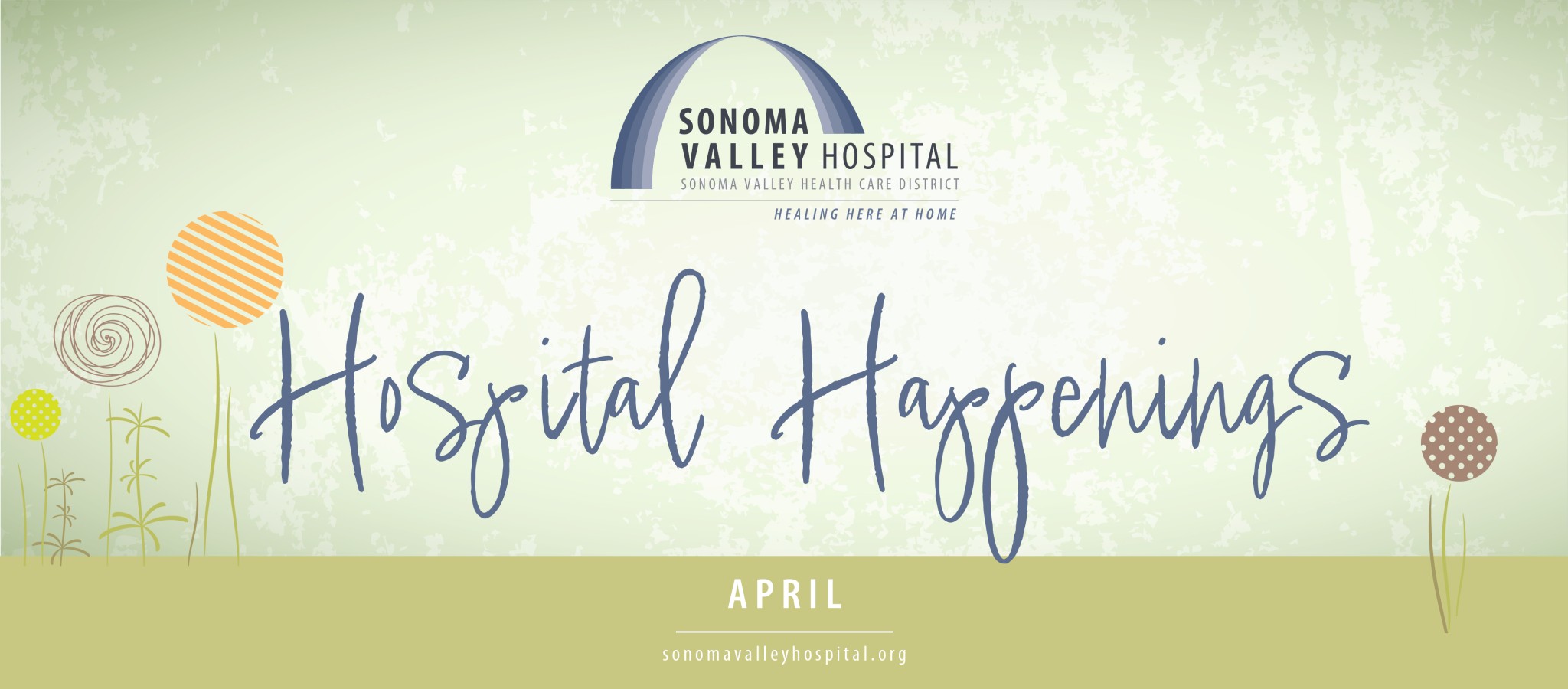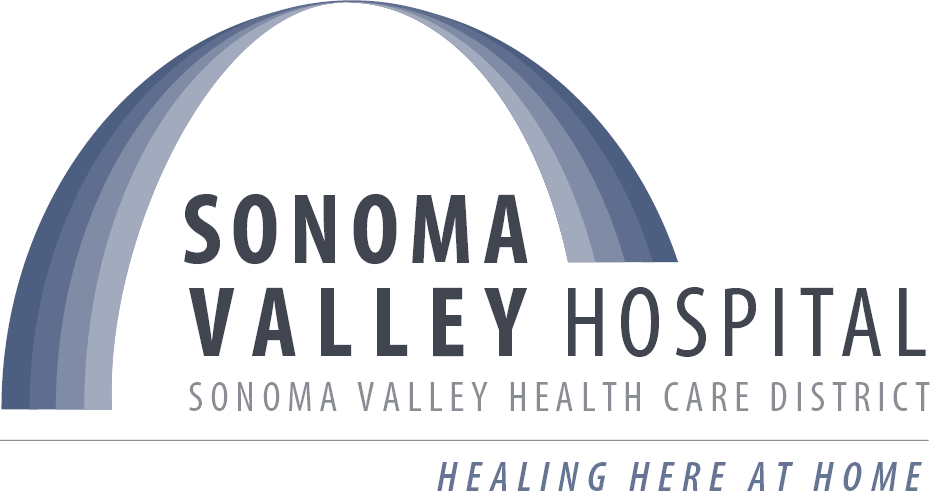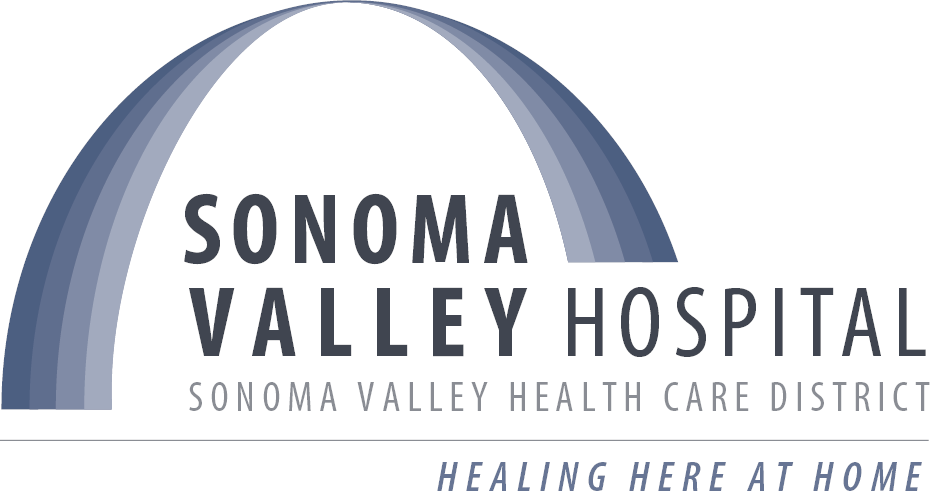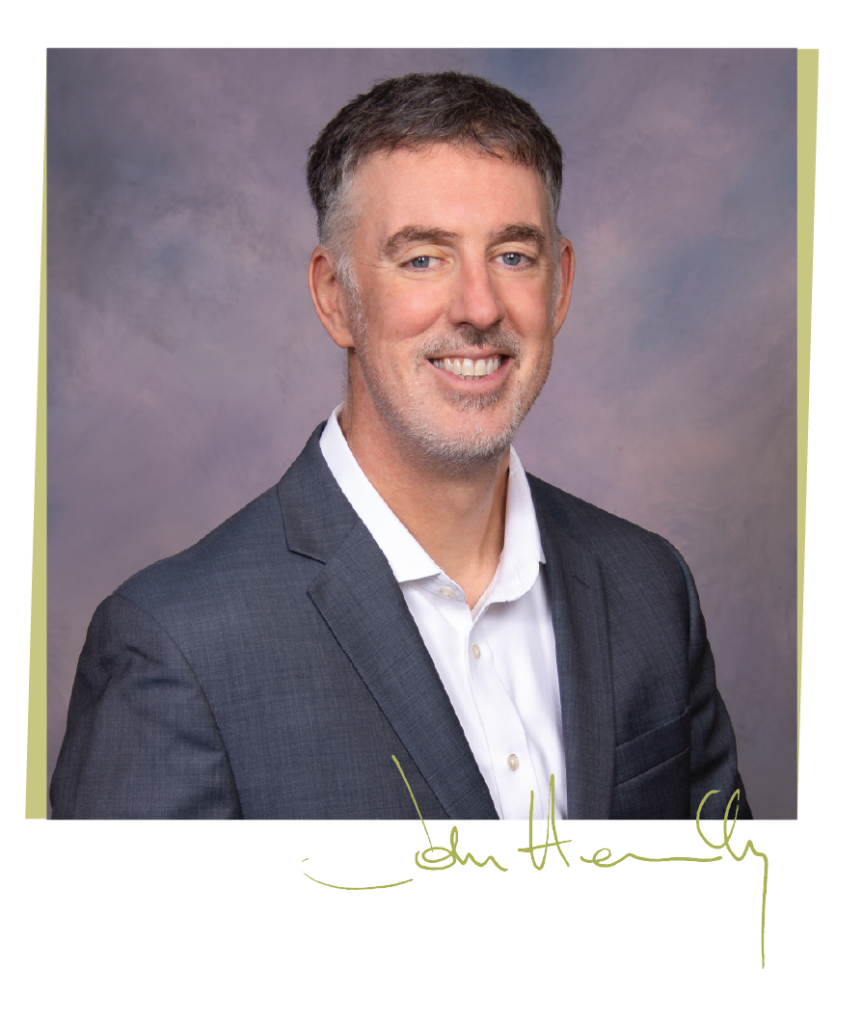
Letter from the CEO: Planning for Tomorrow, Caring Today
As we move into April, we’re reminded that health isn’t just about the care we receive in the moment, it’s also about preparing for the future. This month, National Healthcare Decisions Month is an important reminder for all of us. At Sonoma Valley Hospital, we encourage everyone to take time to reflect on their values, have conversations with loved ones about your health care preferences, and consider creating an Advance Directive. These steps help ensure that your voice is heard, and your wishes are respected, no matter what the future holds.
This month, we’re also shining a light on the people and programs that make our hospital a vital part of the Sonoma Valley community. In our Get to Know Us profile, you’ll meet Becky Turpen, our Lead MRI Technologist, who played a key role in bringing our new 3T MRI scanner online. Her story reflects the kind of behind-the-scenes commitment that makes our hospital a special place.
Looking ahead, we’re excited to welcome the community to our 5th Annual Women’s Health Symposium on May 6. This year’s theme, “Stress Less – Live Longer,” brings together expert voices to share valuable tools for living healthier, more balanced lives.
Thank you for staying connected with us. Whether you’re planning ahead, receiving care, or joining us for an upcoming event, we’re proud to be your partner in health.
Warm regards,

John Hennelly
CEO, Sonoma Valley Hospital
Planning Ahead: National Healthcare Decisions Month
April is National Healthcare Decisions Month, a time to reflect on what matters most to you when it comes to future medical care. Advance Care Planning means taking the time to think about your personal values, your health goals, and how you would want to be treated if you were seriously ill or injured and unable to speak for yourself.
A key part of this process is completing an Advance Directive—a legal document that allows you to name a trusted person (a healthcare agent) to make decisions on your behalf and express your preferences for care. This is not just a form—it’s a gift to your loved ones, easing the burden of decision-making during difficult times.
Another important tool, especially for people with serious illness or advanced age, is the POLST (Physician Orders for Life-Sustaining Treatment) form. Unlike an Advance Directive, which is a general guide for future care, the POLST form translates your wishes into medical orders that must be followed by healthcare providers. In California, POLST forms can be accessed and stored digitally through the California POLST eRegistry and many local health systems.
Resources to help you get started:
- Prepare for Your Care (www.prepareforyourcare.org): A free, easy-to-use website that walks you through the steps of Advance Care Planning in English and Spanish.
- California POLST (https://capolst.org): Information about the POLST form in California—who it’s for, when to use it, and how to access it.
- Sonoma Valley Hospital: Talk to your primary care provider or care team about Advance Directives and POLST forms. Many clinics have packets and assistance available.
Take this month as an opportunity to start the conversation—with your family, your loved ones, and your healthcare providers. Planning ahead brings peace of mind and ensures your voice is heard.
Get to Know Us: Meet Becky Turpen, Lead MRI Technologist
This month in our Get to Know Us series, we’re spotlighting Becky Turpen, Lead MRI Technologist and Magnetic Resonance Safety Officer (MRSO) at Sonoma Valley Hospital. Becky played a central role in bringing the hospital’s new 3T MRI scanner online, and her dedication to patient care and imaging excellence is a vital part of our diagnostic team.
Q: Tell us about your journey to Sonoma Valley Hospital.
Becky: It’s a long and winding story! I worked as a traveling MRI tech for nearly seven years, taking contracts across the country. I came to Sonoma Valley Hospital on a temporary assignment, but I loved the people, the area, and the direction the hospital was headed—new CT, moving to EPIC, and the plan for a 3T MRI. I decided to stay… and here I am, more than three years later!
Q: Can you describe your role and the work of the MRI Imaging Department?
Becky: I’m the Lead MRI Technologist and MRSO (Magnetic Resonance Safety Officer) at SVH. That means I handle a wide range of responsibilities, including implementing new MRI protocols, working with radiologists, ensuring patient and implant safety, coordinating with vendors, and overseeing patient and visitor screening. It’s a role that combines technical work with patient care.
Q: What does a typical day in the MRI department look like?
Becky: Every day is different. I usually start before 8 a.m. by reviewing patient charts and planning exams. MRI is highly customized—no two exams are alike. We adjust protocols for each patient’s needs, troubleshoot safety concerns, and do everything we can to make the experience comfortable, especially for patients who feel anxious or claustrophobic. I often tell them, “All you have to do is hold still—we’ll take care of the rest.”
Q: Can you share a moment that’s been especially meaningful during your time at SVH?
Becky: The day we got CDPH approval for the new 3T MRI scanner was huge. It was the culmination of a long, challenging process. To see it through from start to finish—and to now use that equipment daily to serve our patients—is incredibly rewarding.
Q: Had you worked with a 3T MRI before? How was the learning curve with the new system?
Becky: Yes, I’ve worked with several 3T MRIs at hospitals around the country, including Siemens systems. The software on this scanner is newer and much more user-friendly, which helps.
Q: What are the biggest benefits of the 3T MRI for our patients and community?
Becky: The image quality is amazing, and the scanner has a wider bore, which makes it much more comfortable for patients. Some scans are faster, and the bright, modern scan room helps ease anxiety. Most importantly, people in our community don’t have to travel to get top-tier imaging—they can get it right here at SVH.
Q: What do you find most rewarding about your work at SVH?
Becky: I would have to say that helping implement this new scanner—with all that goes into it—was probably the most stressful, time-consuming, terrible yet wonderful experience I have had in my career. There was a huge team of people involved in getting this scanner purchased, delivered, the container built, installation completed, inspection passed, and all the policies, protocols, and procedures written. And luckily, I felt like I was a big part of that process. It was a great learning experience.
Advancing Care Close to Home: The Outpatient Diagnostic Center
The opening of the Outpatient Diagnostic Center marked a major step forward in our mission to bring state-of-the-art care to Sonoma Valley. Completed in early 2024, this multi-phase project was made possible through the generosity of our community and donors.
The first phase included a 128-slice CT scanner, a spacious new patient waiting area, and updated public spaces. The second and final phase introduced a new 3 T MRI, upgraded ultrasound and X-ray, and enhanced areas for cardiology and laboratory services.
The Diagnostic Center now offers faster scans, improved comfort, and the highest-quality imaging available. Most importantly, it means fewer people need to travel out of town for diagnostic care. As CEO John Hennelly shared, “This center reflects our continued commitment to providing excellent care right here in the Valley.”
ROSA Robotics System: A Leap Forward in Orthopedic Care
Sonoma Valley Hospital is proud to offer the ROSA Robotic Surgical System, a cutting-edge advancement in joint replacement surgery. ROSA enhances surgical precision and allows for a highly personalized approach, resulting in quicker recovery times and better outcomes for patients.
Orthopedic surgeons Dr. Walter and Dr. Weiss bring their expertise to the operating room, using ROSA to plan and perform procedures with advanced accuracy.
“The ROSA system enables us to deliver care with exceptional precision,” says Dr. Walter. “It’s a major step forward for our orthopedic program—and it means our patients can stay close to home for high-quality, minimally invasive joint replacement surgery.”
Coming Up: The 5th Annual Women’s Health Symposium – May 6
We’re excited to invite you to the 5th Annual Women’s Health Symposium on Tuesday, May 6, from 11:00 AM – 2:00 PM, presented by the Sonoma Valley Hospital Foundation and UCSF Health. This year’s theme is “Stress Less – Live Longer,” and the program will feature nationally recognized speakers sharing strategies to manage stress and support long-term health.
Featured Speakers:
- Dr. Elissa Epel, UCSF stress expert and author of The Stress Prescription, Dr. Epel shares evidence-based strategies for managing stress to enhance health and extend longevity.
- Dr. Dena Dubal, Neuroscientist and aging researcher, Dr. Dubal reveals new insights into how the brain ages—and what we can do to protect it.
- Dr. Andrew Josephson, Chair of Neurology at UCSF, will moderate the conversation with insight and warmth.
In Case You Missed It
We’re proud to see members of our team sharing their expertise with the broader community through local media:
- On March 12, Kelli Cornell RN, Director of Perioperative Services, joined KSVY and shared her impressive background and what to expect as a surgery patient at SVH. Listen to Kelli’s time on air here (starting at about minute 40).
- On April 9 at 9:40 a.m., Chrissy Cary was on KSVY to discuss the importance of Pelvic Health and how our Rehabilitation Services team is helping patients improve quality of life through specialized care. Listen here (starting about minute 40).
Stay tuned for future appearances and health updates from our SVH team!





